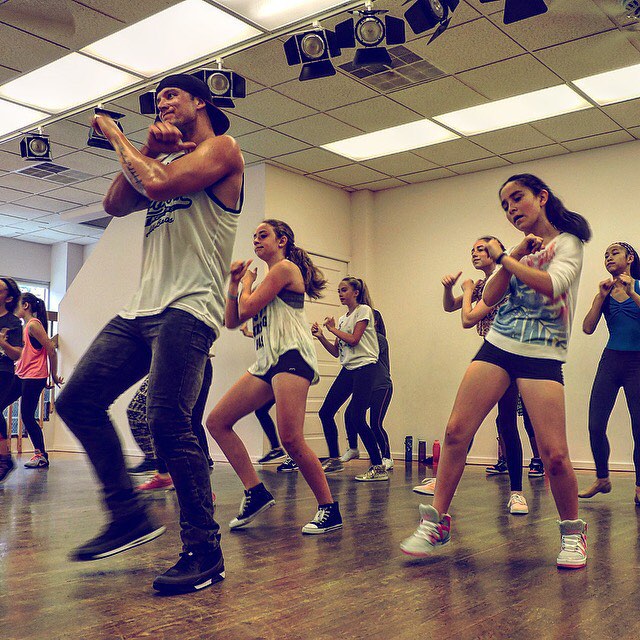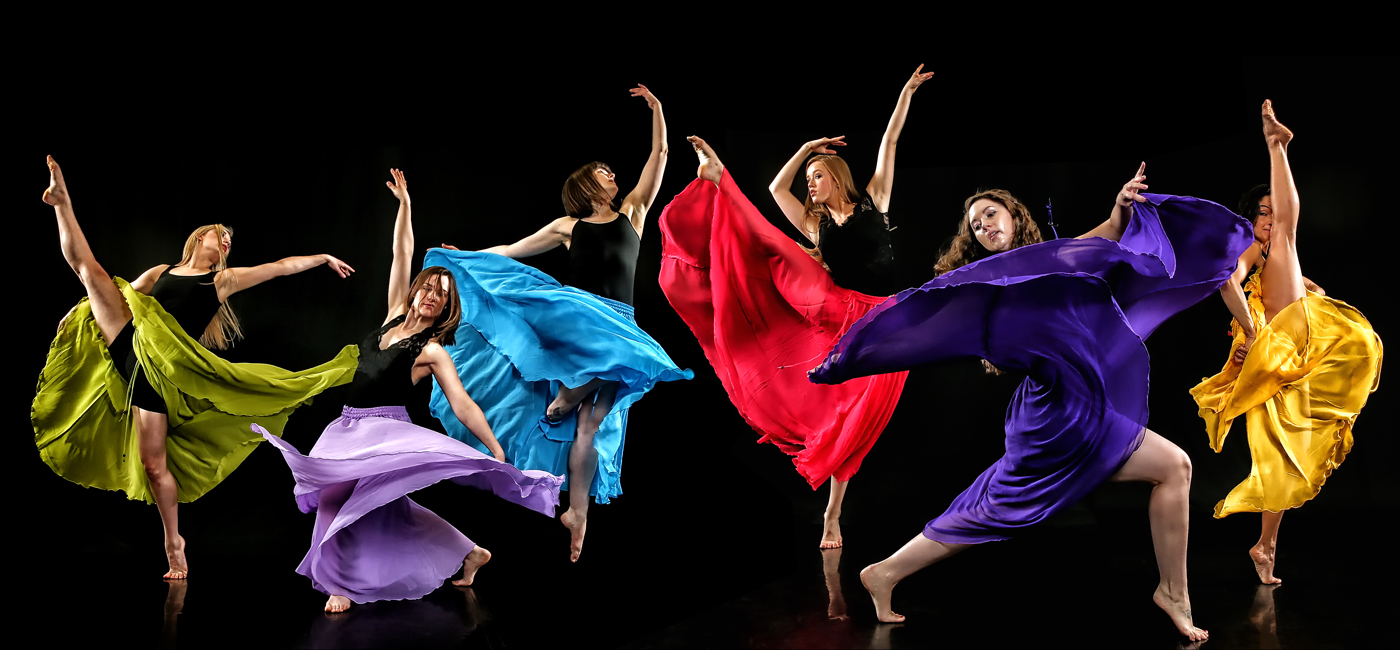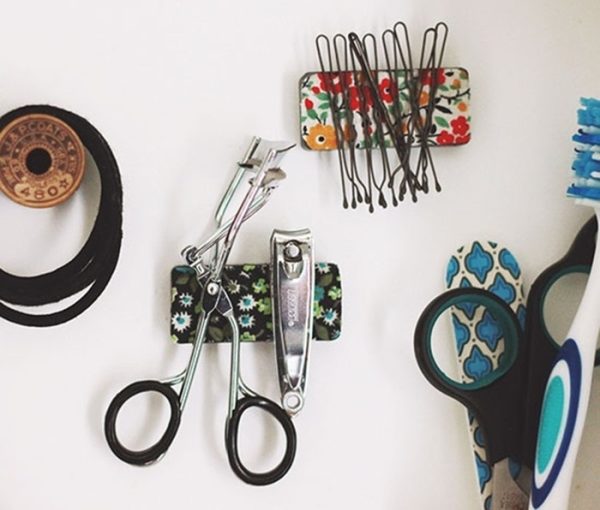Anyone can open a dance studio. No license or special training is required. In fact, neither the owner nor instructors even need to know how to dance. This is why it is important to learn as much as possible about dance training before you invest time and money for yourself or your child.
Because of the variation in studios and classes, a child can study dance for years, only to sadly discover when he or she reaches high school or college, that they lack the proper training to achieve their goals. Many people take years of lessons and only learn choreography rather than technique or styles of dance.
However, in spite of the lack of specific licensing or training requirements, there are many outstanding dance studios with talented instructors. By learning what to look for, you can find the quality classes and instructors that will meet your needs. Finding the proper professional instruction is not only the first step in making the best use of your investment of time and money, but also the first step toward achieving your dreams or those of your child.
You are entitled to the best instruction out there, and you can find it!
First, the level of a class can vary immensely from one facility to another. A beginner level class at one studio could be an intermediate class at another.
In general there are six categories:
• Pre-dance
• Beginner (no dance experience necessary)
• Advanced beginner (some dance background)
• Intermediate
• Advanced
• Professional
There are also six different types of studios:
Neighborhood Studio
The local studio is usually found in a strip mall or commercial building. The quality of instruction can vary greatly. Some can be a waste of time, while others can equal that of professional academies.
Make sure you visit the studio, ask questions, watch the teacher during classes, and ask yourself a few questions:
• Does the instructor keep the class under control?
• Do you want to dance like the students in the class?
Usually these studios offer class levels from pre-dance to intermediate. Some schools offer advanced classes and talented, well-trained instructors. You just have to check them out.
Academic or Performing Arts Schools
These schools offer both academic education and concentrated dance instruction. Many schools also teach voice and music.
Admission is generally by audition and although there may be some scholarships available, tuition is considerable. Arts schools are for the serious performer.
Competition Studios
Many different levels exist here as well, but there are two main categories:
• Competition Studios that emphasize technique and excellent training in order to win titles and prepare dancers for their future, which have class levels ranging from pre-dance to professional.
• Competition Studios that teach routines to win titles. Routines are fun, but in order to learn how to dance, a student must spend time learning the basic movements and dance technique. In a studio like this, a student can spend an enormous amount of time taking numerous classes and learningmany routines, only to get to college and find that they are totally lacking any practical training in dance.
In order to tell the difference between the types of Competition Studios, ask questions:
• How much class time is spent on learning technique?
• How much is spent on routines?
• How many routines do the students learn a year?
• Do many of the students go on to dance professionally or in college?
You may not currently be thinking about whether you or your child will want to become a professional dancer 15 years from now. But wouldn’t you rather spend time and money toward gaining actual training in the art form of dance?
Competition Studios may have many extra costs like costumes, shoes and entry fees. But don’t get discouraged. Many people love competitions and find them to
be a rewarding experience after they get involved. Just make sure to ask questions so you know what you’re getting into. The studio can provide an approximate cost for being in competitions. Look for items such as costumes, shoes, tights, accessories, entry fees and travel costs.
National Chains and Franchise Schools
Many of these schools teach social dancing and are typically for adults. In general, levels range from beginner to intermediate.
National Chains and Franchise Schools can be a great way to spend time with a partner. However, since partners are not required, they can also serve as an excellent place to socialize.
Some of these schools have expensive contracts, so make sure you check out the time and monetary commitments that are required before signing any paperwork.
Professional Schools
The professional studio is where the serious dancer eventually needs to go. They are usually located in or near major cities, and offer beginner to professional level classes.
The curriculum includes:
• Ballet
• Jazz
• Modern
• Pointe
• Tap
Most teachers at these schools are professionals. Many are choreographers and active members in the dance community. However, be aware that talented dancers do not automatically make talented instructors. Always observe the teacher in class or take a sample class before committing to class registration.
Specialty Schools
These studios usually focus on one type of dance. Ballet and pointe are often found at specialty studios. Many of these schools have very knowledgeable teachers and offer classes extending up to the professional level.
Most have their own dance company or are associated with a major ballet troupe.
Group and Private Lessons
Beginner students should start with group lessons. They need to learn to move in relation to the space and other dancers around them. Beginners can feel intimidated by a one-on-one setting. For beginners who are afraid of being singled out, there is definitely safety in numbers. Groups also build a sense of camaraderie, competition and confidence. Many times it is simply more fun to dance in a group.
Advanced students can also benefit from private lessons. At some point, they may need help in refining their movements and fixing bad habits. Private lessons can be beneficial if the student needs special choreography for an audition or has a particular physical problem. These classes can be expensive so make sure they are needed before making a commitment.
Some instructors give exceptional individual help during group lessons by watching a student’s movements and correcting their positioning and form. Other students in the class also benefit from the individual corrections because they can see what the teacher is talking about with another dancer. They can then transfer that knowledge to self-correct their own form and technique.
Combination Classes
Combination classes can be a way of exposing a child to many types of dance, but can also be more costly and confuse the child. If your child is in a combination class, that may mean more money for shoes and recital costumes.
Each type of dance has its own warm up, movements, apparel and music. When several types of dance are incorporated into one class, the child may spend too much time changing shoes, shifting from one thing to another and starting over with a new type of dance. This may be a waste of time for some students.
Extra Costs
Some studios require a month’s tuition up front. This is the norm and compensates the instructor, should you happen to leave unexpectedly. Some schools also allow students to make up a missed class, but this policy depends on the facility.
Recitals can be pricey and time consuming. Costumes, shoes, makeup, pictures, videos of the show and tickets to the recital can add up. You don’t have to participate in the recital, but if you do not, you or your child may feel left out. The costs can vary greatly, so ask the studio about the exact charges as soon as possible before spending months taking lessons. Recitals can blossom into wonderful experiences and fun memories, but just know what you’re getting into.
Recitals
Most dance schools host a yearly dance recital. Recitals require a huge time commitment for drilling and perfecting routines, and this leaves little time for actual training. However, there are many chances to perform in addition to the end of the year recital. Check to see what opportunities are available at the school you are considering. Some schools have one recital every other year to allow more focus on technique training. There are studios that teach technique and different styles of dance while also teaching creatively choreographed routines. Again, do your homework and be prepared for exactly what will be offered at a particular studio.
Discounts
Always ask about special promotions, as some schools offer the following:
• Class cards that can be used for any class and give you a reduced rate
• Discounts to professional dancers
• Discounts when more than one person in your family attends classes
• Free trial classes or workshops
• Off-season discounts
• Scholarships
• Work study programs
Alternatives
Community centers often have simple, inexpensive dance classes. The levels available are usually beginner to advanced beginner. They may not have mirrors or bars but they can still be a good place to get started. However, be very careful about the type of flooring. You should never dance on concrete!
Where to find dance classes:
• YMCA
• Community Center
• Community Colleges
• Major Universities
• Health Clubs
Many health clubs offer hip-hop or funk aerobics classes. This is a great way to get in shape and exercise. Health clubs and community center memberships also come with other perks such as stationary machines and pools. Again, check out the class before signing up for a year. Some hip-hop or funk classes are an excellent challenge for trained dancers, while others are a better fit for beginners. Classes vary greatly by the instructor, and most health clubs allow a free week or trial pass so that before making a commitment, you can check out the facilities and exactly what the club offers.
Workshops
Dance workshops are invaluable because they expose students to new styles and diverse instructors. Instructors travel all over the country to teach at workshops. It gives dancers from small communities the opportunity to take classes with instructors from Los Angeles and New York, and many different levels of classes are offered.
Workshops vary in cost according to venue, reputations of instructors and number of classes offered. You can find listings for workshops on this website in the directory section. Dance magazines such as Dance Spirit, Dance Teacher, and Dance Magazine are great places to find a multitude of workshops.
Many companies, such as Hollywood Vibe, offer workshops in many different cities. Some combine competitions and workshops for a weekend event. Dancers may complete a day of competition followed by two days of workshops, or they may opt to do just the competition or workshop alone.
Students can go with their studio, team or as an individual. Workshops can be a wonderful opportunity to meet students from different areas, establish new friendships and make great connections. For the serious dancer, the networking can be invaluable.
Workshops also rent space to vendors where you can get new practice wear and keep up with trends.
The Instructor
The dance teacher is the most important factor in getting a quality dance education. Exposure to different instructors and choreographers is also
important. Some studios offer diverse instructors or bring in guest teachers and master teachers.
It is important that your instructor participates in continuing education. Instructors who stay up-to-date on changing styles and new trends will ultimately keep their students updated as well. A teacher who constantly challenges him or herself to grow will be a great inspiration for students to do the same.
Look for a bulletin board at the studio where there may be job listings, auditions, workshops and other opportunities. This can be a good indication that the studio and the instructors are involved in the dance community outside of that particular school. Ask the teacher if he or she takes classes, seminars or training programs.
It is essential that an instructor have basic knowledge of anatomy and an understanding of injuries common to dancers. Ask the instructor about his or her background and training. Although this information can be useful for a student who aims to become a professional, it is not essential that an exceptional teacher have formal training or experience. Some instructors may be very talented and accomplished dancers but not necessarily talented teachers. Effective teaching must involve a compassion and patience that is not necessarily present in every instructor. In addition, an instructor who teaches young children must not only love dance, but children as well. A college degree in dance or a professional career is not an essential requirement. Training can be obtained through many avenues such as workshops, classes, reading, seminars and exposure to professionals.
Make sure to observe or attend a class so that you can watch the instructor inaction. The teacher should always have a class do warm up exercises before getting into more active movement.
Length of Class
Classes should be at least one hour long, with the exception of creative movement for young children. Students should have enough time to warm up, do combinations, skills and get corrections.
Facilities
A talented instructor is the most important part of your dance education. However, there are also some things to look for in the actual facility.
Equipment
For ballet classes, there should be a bar which can be attached to the wall or freestanding supported bars. Some schools may not have bars if they do not offer ballet classes.
Mirrors are an important tool for learning movement and spacing, as well as learning from other dancers. A mirror will help the instructor see the movements of the dancers even when he or she is teaching a combination while facing away from the students.
The Floor
The best flooring is one that floats on spacers and allows for give upon impact.
Some floors are linoleum laid on top of wood. This can acceptable, as long as it is not too slippery. Other schools use a roll out rubber flooring over existing floors to absorb impact or to protect wood floors when they teach tap classes. This canbe adequate, but students may have a hard time turning on the surface if it is too sticky.
Neither you nor your child should ever dance on concrete floors. Dancing on concrete can cause permanent damage to joints that may not become evident until later in life. Many dancers who started out as children on bad floors find themselves plagued with injuries as young adults. Concrete has no give and can cause shin splints as well as joint and back problems. Some floors are simply concrete with thin wood flooring on top and those floors are also likely to result in injuries.
Make sure to watch for:
• Open space (the size must be large enough for the number of students in each class to have room to move freely)
• Clean floors (stretching as a well as many routines include movements on the floor)
• Windows or a ventilation system
• Air conditioning or fans for summer classes
• Watch for pillars or partitions in studio areas (which can cause a collision problem)
• Clean changing facilities, with separate areas for boys and girls
• Sound system, some ballet schools will offer live accompaniment (this is not a requirement; however it is a great experience if a school offers it)
Review
• What are you willing to pay for lessons and the extras that go along with them?
• What are your immediate and long-term goals?
• What level of instruction do you need?
• What type of facility will best serve your needs?




